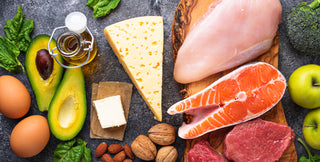The fats we eat are referred to as dietary fats.
This much is easy to understand.
Table of Contents
But what does it mean when people tell us that fats are essential for the body but too much fat is bad?
For those of you who find this confusing, this guide will clear out which fats you should and shouldn’t eat. And in what quantities you should consume them. To start, let’s understand what fats actually are diet.
What Are Dietary Fats?
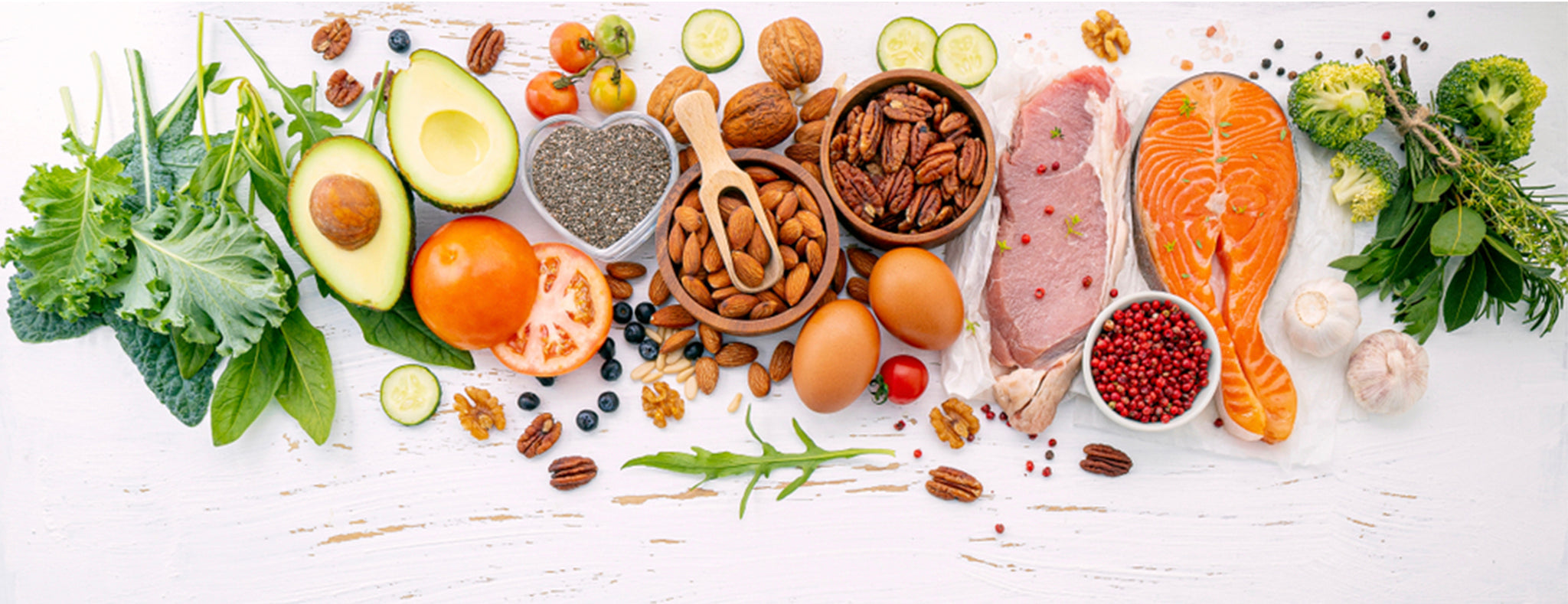
Lippy acids or fatty acids are generally referred to as fats. It’s not necessarily something that gets bloated or thick. It’s the presence of these fatty acids that are made up of triglycerides (a combination or bond of 3 molecules joined together).
A lot of our preconceived notions about fats come from generalized reactions people have towards the idea of being obese (which is a medical condition that warrants immediate attention). It’s related to belly fat, a.k.a visceral or abdominal fat.
The fats that you worry about are called visceral fats that usually bloat the waistline. Sometimes, it can take a lot of time to get rid of belly fat. It’s a type of fat that accumulates through excess eating of saturated fat as per recent research. It takes a lifestyle that’s composed of a healthy diet and regular exercise to achieve a general deficit of calorie intake. You’ll have to lose your whole body weight before the waistline goes away. It’s different for everyone due to different metabolic, sex-related, body type, and genetic factors. Learn more about visceral fat here.
However, not all fats are bad for you. That is to say, there are types of fats that are deemed essential for the body and are thus called ‘essential fats’.
To help you understand better, let’s take a look at the different forms of fat that exist inside the body:
-
Unsaturated Fats
-
Saturated Fats
-
Trans Fats
1 - Unsaturated Fats
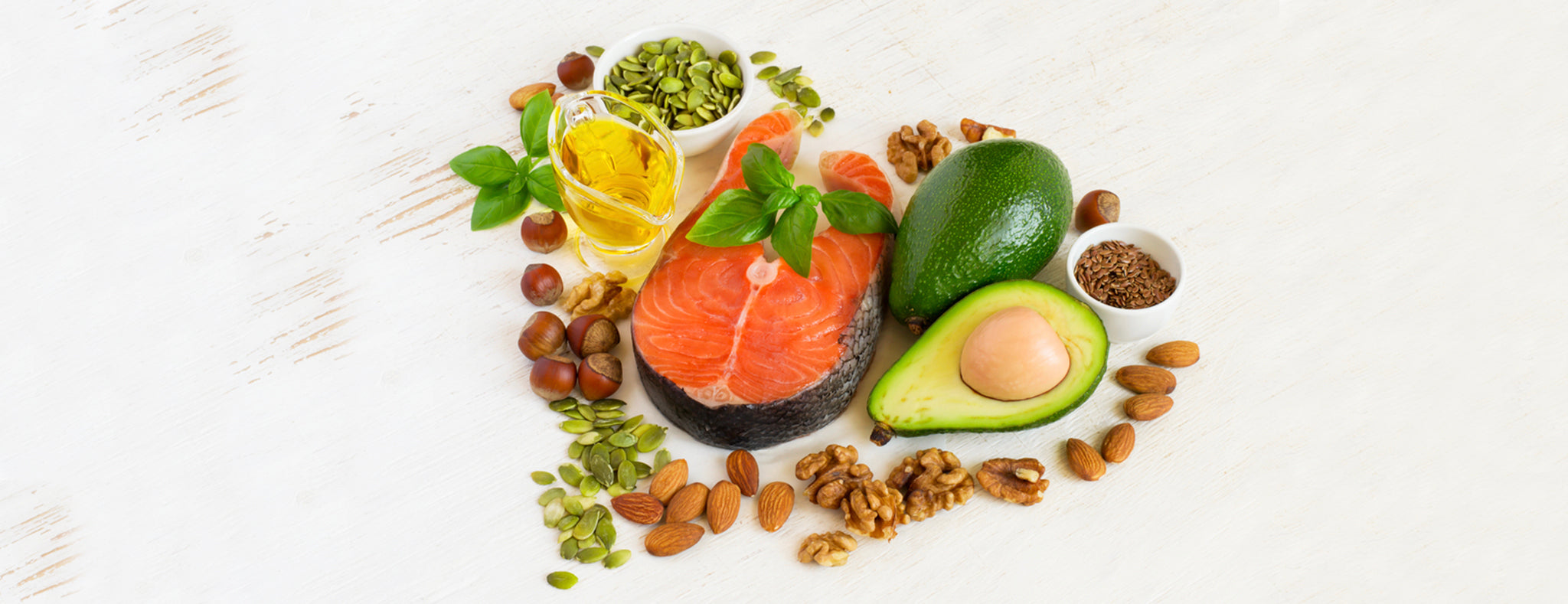
Loosely packed fatty acids are referred to as unsaturated fats. At room temperature, they’re mostly found to be in a liquid state. Unsaturated fats are further divided into two types:
1.1 - Mono-Unsaturated Fats:
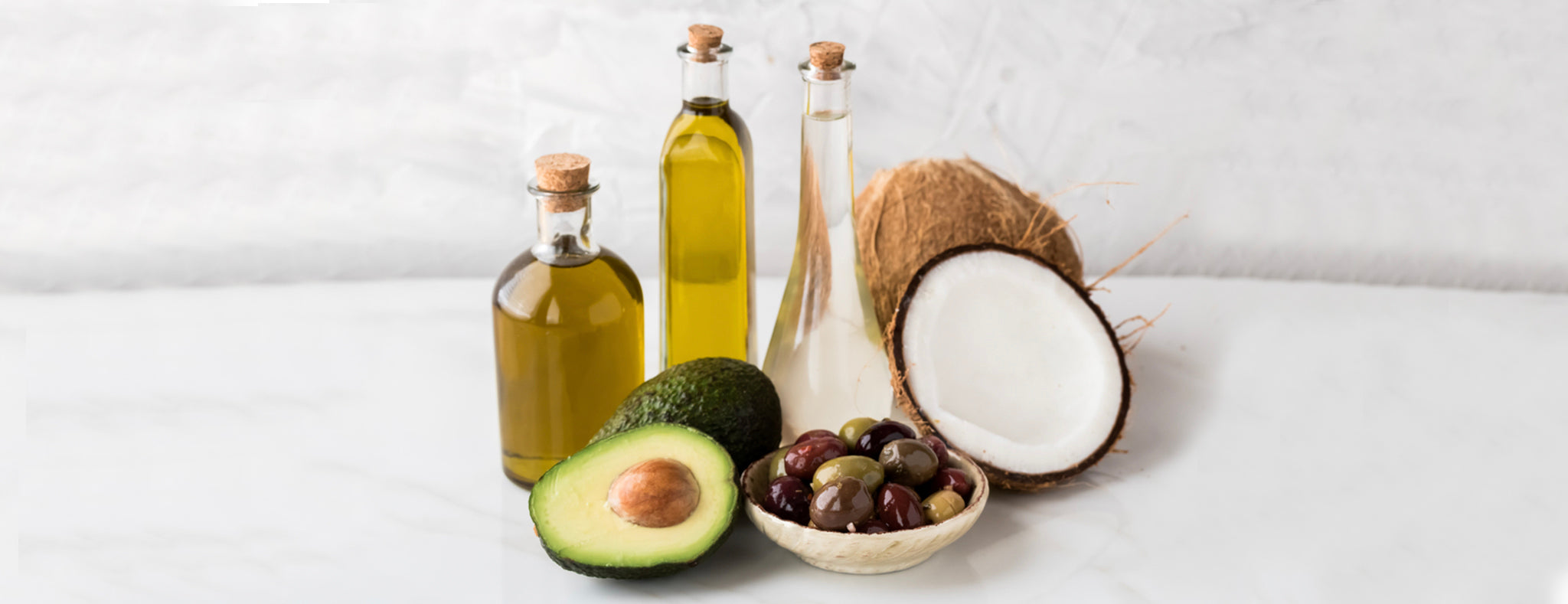
With only one unsaturated carbon bond in their molecule, these simple fat molecules called monounsaturated fats are liquid at room temperature but turn solid when heated. Sources of this form of unsaturated fats include olive oil, canola oil, sesame and safflower oil.
1.2 - Poly-Unsaturated Fats:
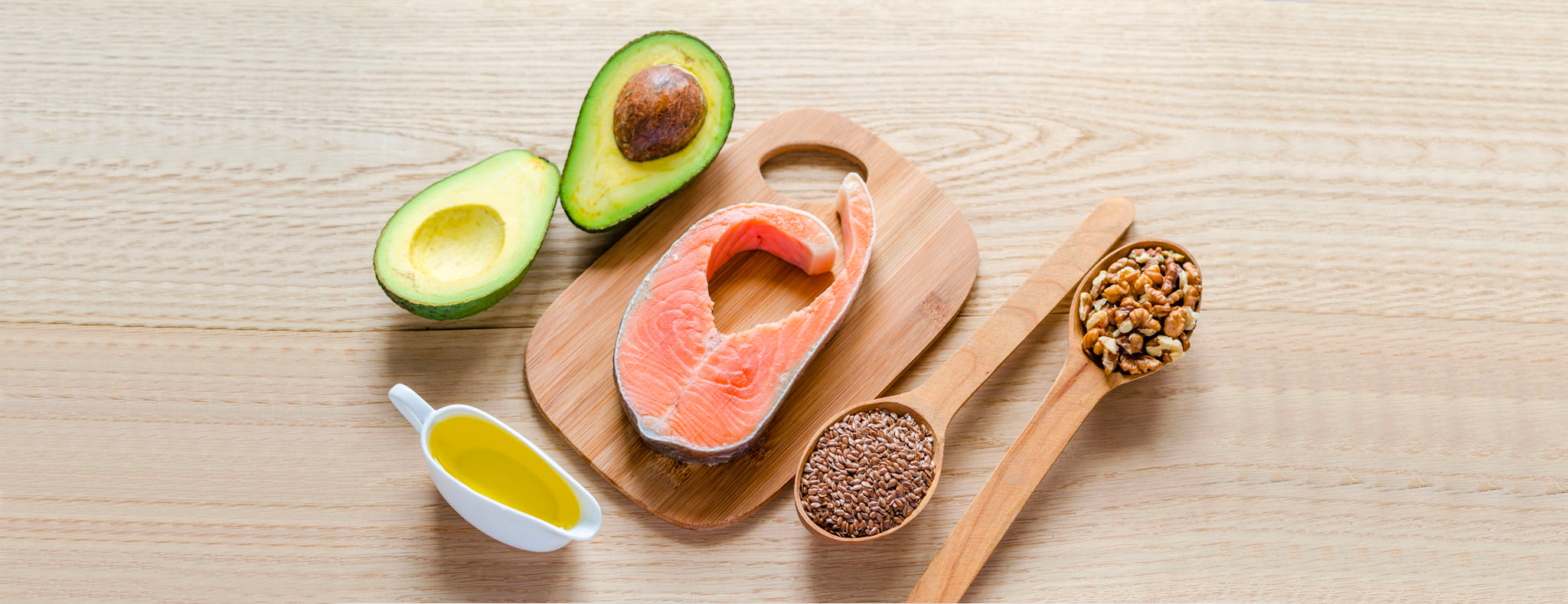
With multiple unsaturated carbon bonds in the molecule, polyunsaturated fats are the “essential fats” that are required by the body in order to function properly. The reason we call them “essential” is because our bodies don’t produce them naturally.
These fats are divided into Omega-3 and Omega-6 fatty acids that are present in fatty fish, flaxseed oil, oysters, or chia, hemp, or sunflower seeds, etc. Not only are they healthy nutrients that satisfy your energy requirements, but they also reduce inflammation and promote weight loss.
This is why polyunsaturated fats like Omega-3 and Omega-6 acids are considered one of the best belly fat burners.
2- Saturated Fats
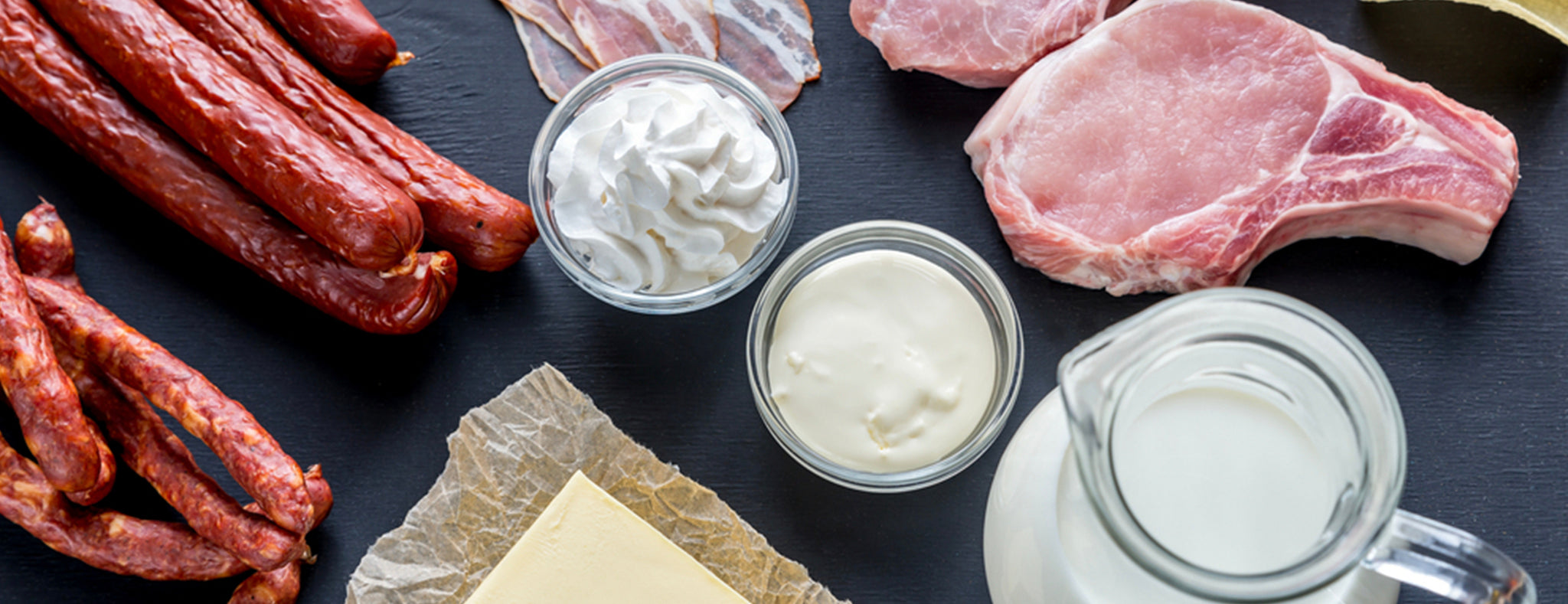
Fats that are tightly packed with no double bonds present in between the acids are referred to as saturated fats. With a few exceptions, these are mostly present in solid forms at room temperature.
There are many sources from which we intake saturated fats. However, there is a lot of controversy surrounding its consumption.
Apparently, the idea that consuming saturated fats is directly linked to the risk of cardiovascular diseases is a prominent contemporary research topic.
It’s true, there are some studies that have shown saturated fat intake as a catalyst that inevitably increases the risk of heart diseases. Research still continues.
However, there is conclusive evidence that proves how diets high in saturated fat will increase your LDL cholesterol levels. This basically translates into having the walls of your blood vessels clogged up, causing a heart attack or a stroke.
The most common sources of saturated fats include beef, lamb, chicken products, dairy items, palm and coconut oils, etc.
3- Trans Fats
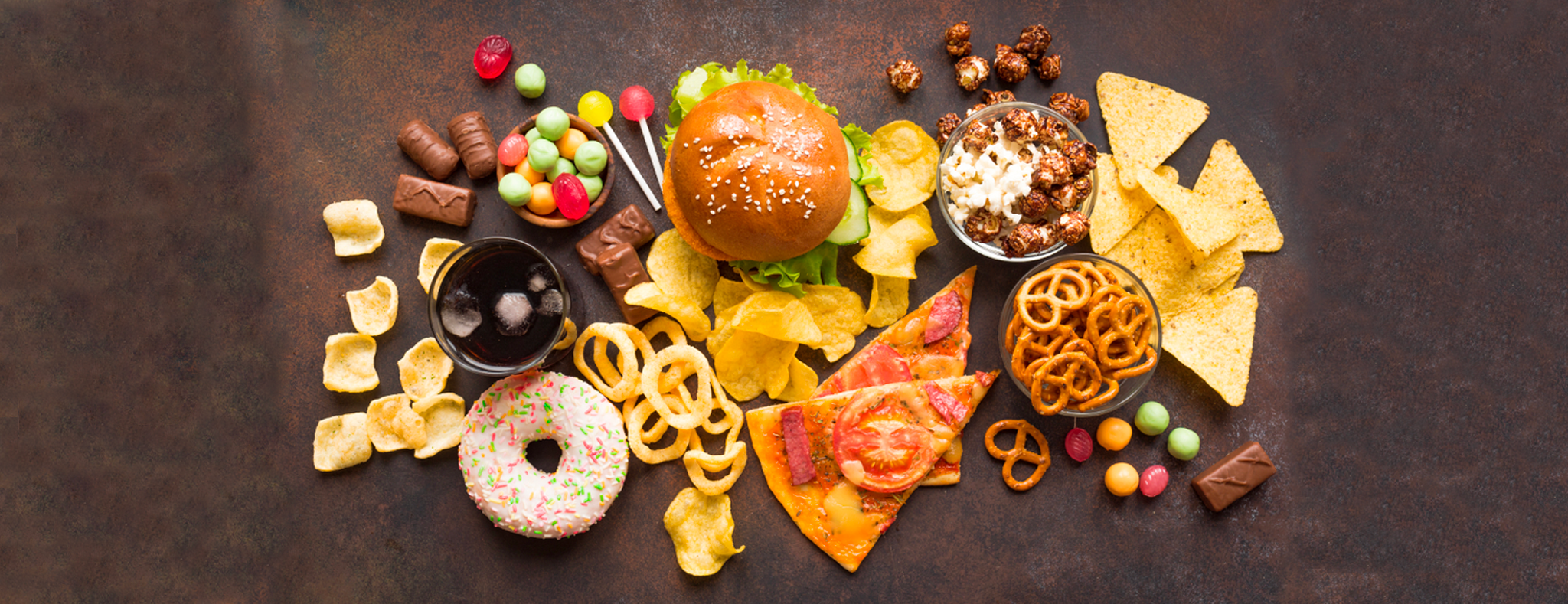
Trans-fatty acids are the most harmful type of fats. Although they are a form of unsaturated fat, their problem is that they exist in natural as well as artificial forms.
The best way to burn belly fat is to completely eliminate trans fats from your diet.
Naturally existing trans fats are created inside the stomachs of animals when the bacteria inside digests grass. That is why they are found in dairy products and meat cuts of lambs, beef, etc.
The risk isn’t too great for people who enjoy these ingredients as researches have proved that a moderate intake of naturally occurring trans fats is not harmful. However, it becomes a priority food to avoid when trying to lose belly fat.
Artificial trans fats, otherwise known as industrial trans fats, are the real cause of worry. These are the fats added into processed foods for preservation in order to maximize their shelf-life.
Companies who make fat-related products often lace the natural vegetable oil inside with chemicals that make it possible for it to stay solid at room temperature. That’s why these are important foods to avoid to lose belly fat.
Studies have proved artificial trans fats to be directly linked with a rise in bad (LDL) cholesterol levels.
Moreover, researchers have sufficient evidence to claim that trans fats increase overall inflammation, especially in individuals already suffering from being overweight or obese.
Artificial trans fats are present in a plethora of processed foods. While the FDA has officially banned the use of hydrogenated oil in processed foods, there are still many shelves lined with processed meats, oils, sweetened foods, etc.
How Much Saturated and Unsaturated Fats Should I Consume?
How to Calculate your Waist-to-Hip Ratio (WHR) and Waist-to-Height Ratio (WHtR)?
1- Stand upright with a measuring tape and measure your height in centimeters.
2- Take the tape all the way around from the smallest part of your waist, right above the belly button. You now have the circumference of your waist.
3- Similarly, get the circumference of your hips by measuring the widest part of your buttocks, the very end of the curve.
4- WHR = circumference of your waist / circumference of your hips
5- WHtR = circumference of your waist / your height in centimeters
As per WHO, an indicator of abdominal obesity for men is a WHR ratio above 0.90, whereas, for women, the ratio shouldn’t be higher than 0.85.
However, newer studies have found that WHtR ratios are better able to indicate whether a person has a high visceral fat percentage. You shouldn’t have a WHtR ratio of more than 0.5.
Mono-unsaturated fats have proved themselves effective in lowering blood pressure, improving lipid levels, and reducing the risk of cardiovascular problems.
As per the AHA (American Heart Association), your saturated fat consumption should be less than 6% of your total calorie intake for the day. This means you should eat 120 calories of saturated fat if you’re eating a total of 2000 calories in a day.
Percentage-wise, total fat consumption should be equal to 30% of your total calorie intake. Try going for the best exercises to lose belly fat to achieve a calorie deficit.
While this concludes the story of dietary fats, let's take a look at the fats we have in our bodies. These include subcutaneous, visceral, brown and white fats.
What Are Subcutaneous and Visceral Fats?
We refer to the fats above as dietary fats or white fats that come in as triglycerides and re-form as triglycerides in the body.
Then, these fats either get used as energy sources or are stored in the cells as body fat which includes stomach fat.
It’s important to note that our bodies also produce these triglycerides when there is a presence of refined carbohydrates and alcohol in high amounts.
That is why it’s a cause of worry to have a beer tummy or gut because it’s as risky as being obese. You’re endangering your life by not following a strict diet to lose belly fat.
The Hardened Fat
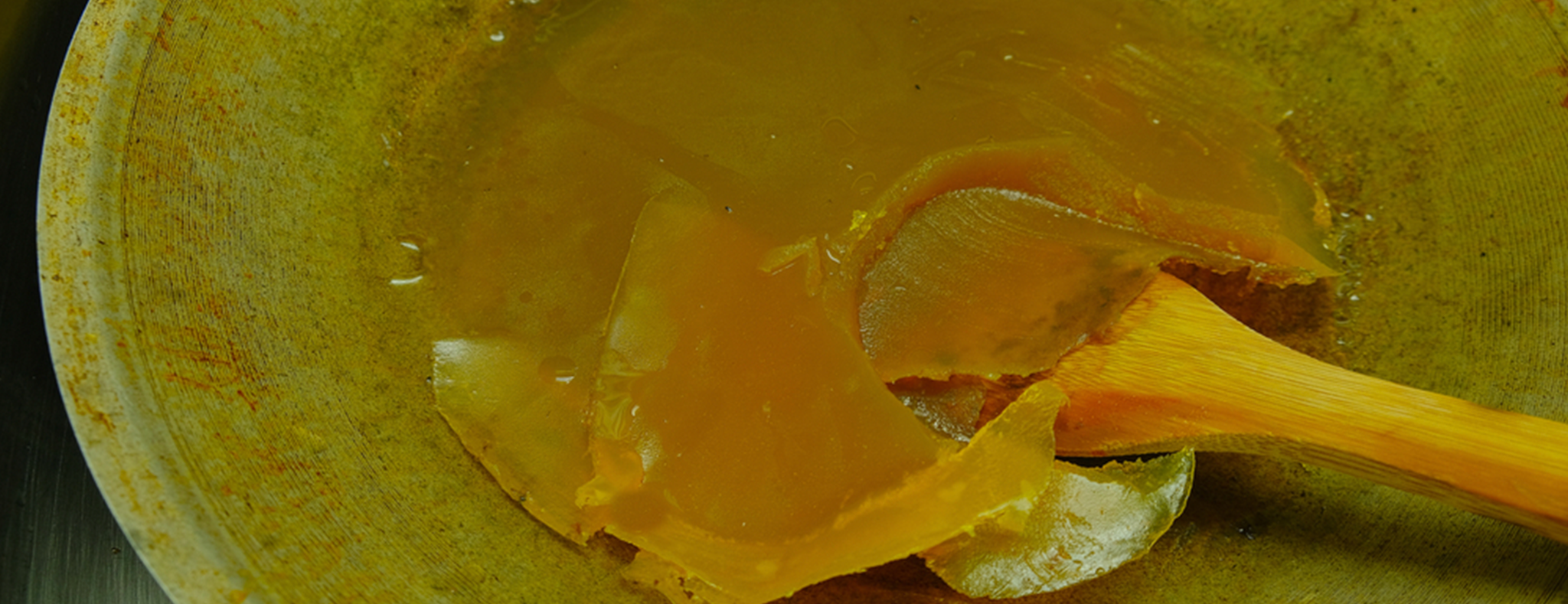
This is also something a lot of people have reported facing.
According to them, their fat has become toughened or hardened.
Studies show that while the hard belly is due to the buildup of visceral fat, the soft belly buildup is due to the accumulation of subcutaneous fat.
Visceral fat is deeper in the abdomen, and thus, forces its walls to expand. These walls give you a hardened exterior.
The buildup is caused by your fat becoming stale due to not being in circulation.
This is partly because your body has an excess of calories and fats for long durations of time.
To get it moving again, you literally have to get moving again. And harder, this time.
Exercising will help you burn extra calories even after your diet.
1 - Subcutaneous Fat
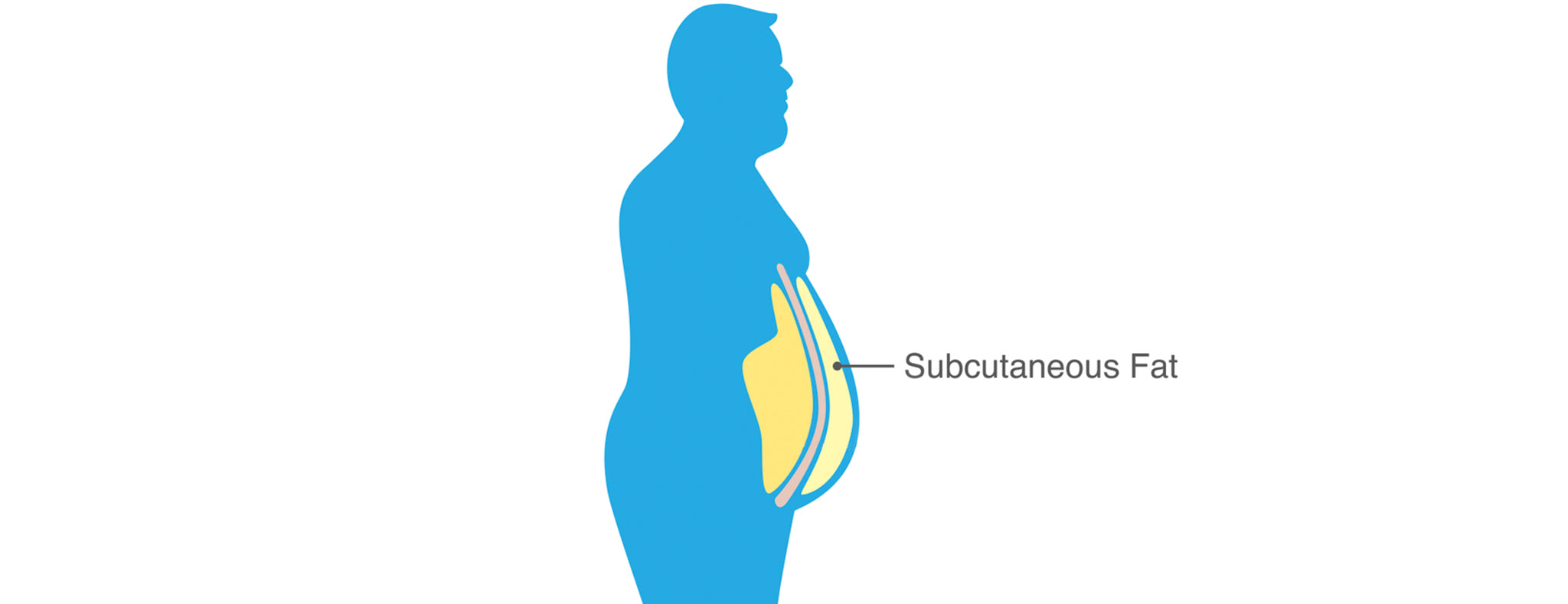
When our bodies store fats, it’s done in two different ways. First is the storage that is right underneath our skin. The fat that exists in this zone is known as subcutaneous fat. Our bodies utilize this type of fat for insulation.
As described above, this is the soft type of belly fat that accumulates outside the abdominal walls. This type of belly fat easily moves around, enough to be considered jiggly.
2 - Visceral Fat
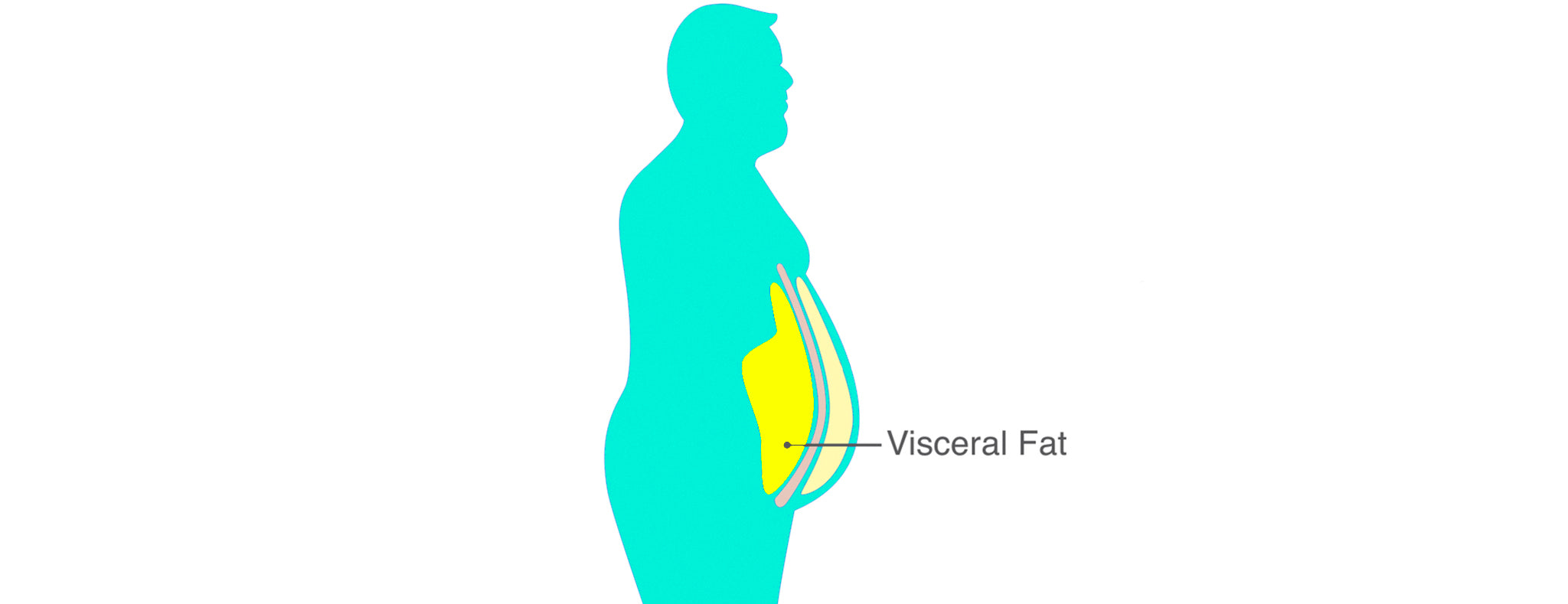
Whereas, the fat that exists within your torso and acts as a cushion between your organs is known as visceral fat.
This is the fat that exists around your waistline. Here’s a detailed article on how you get belly fat and its solutions.
While this fat is important because it keeps our organs from colliding, having an excess of it is dangerous.
A lot of people often experience a tough time losing this hard belly fat that drops below their waistlines.
This fat that resides below becomes too hard to move and can become dead tissue that causes further and much more complicated problems than just cosmetic and aesthetic appearances.
Studies have shown visceral fat accumulation to be directly linked with cardiovascular diseases as it causes inflammation and pressure inside the lungs and disrupts normal blood pumping of the heart.
Therefore, it’s imperative that you maintain a healthy eating lifestyle. Start by working on a belly fat burner diet with workouts to reduce visceral fat accumulation.
How Much Visceral and Subcutaneous Fats Should I Consume?
It’s not easy to measure visceral and subcutaneous fats individually and even harder to ‘spot’ reduce or gain belly fat.
That’s why you should focus on developing a long-term nutritional diet that comprises healthy teas and snacks as well as whole foods consisting of healthy fats, fiber, proteins, healthy carbs, and fewer calories.
There’s a healthy amount of visceral and subcutaneous fat that our bodies need.
Although there’s no way to measure visceral and subcutaneous fats at home, you can still know that 10% of your total body fat is visceral fat.
The accumulation of fats in your overall body can be analyzed by a body scan available at medical facilities.
However, you can use your WHtR ratios to see if you have an unhealthy percentage in your body.
Try to lose belly fat as much as you can. Setting aside aesthetic concerns, it’s going to endanger your life.
What Are Brown and White Fats?
1 - White Fats

The fats we see on meat as white deposits of gooey material are no different than the ones our bodies store inside.
We already know that the fats we have always heard of are white fats. These store energy in large droplets.
As these droplets accumulate around the body, this helps us in keeping our temperature warm.
However, we all know what happens if you don’t switch to the foods to eat to lose weight in the stomach.
2 - Brown Fats

On the other hand, brown fats store energy in a relatively smaller space compared with white fats. The reason we call it brown is because of the presence of iron-rich mitochondria which is responsible for the color the fats appear in.
Whenever our body needs to warm up, it starts burning brown fats. Brown fats start to burn down calories with them.
Moreover, this burning doesn’t involve shivering, which is why we call this process thermogenesis.
It is termed as one of the most highly regarded treatments for obesity and metabolic diseases.
Suffice it to say, brown fats are the few ‘good’ fats that we can rely on. Prominent ways to gather more brown fat is to be in a cool environment, eating more and exercising.
How Much White and Brown Fats Should I Consume?
Simply put, your body will continue to produce and burn these fats as your activity continues. You can rely on thermogenesis to continue burning fats.
There’s no conclusive evidence that suggests a way to measure or standardize a normal value for either of them. There are researchers that are working towards converting white fats into brown ones.
Conclusion
There you have it, folks! These are all the types of fats that exist inside our bodies. While there are good fats and bad fats, the only way to ensure a healthy lifestyle is to maintain a functional diet and exercise.
